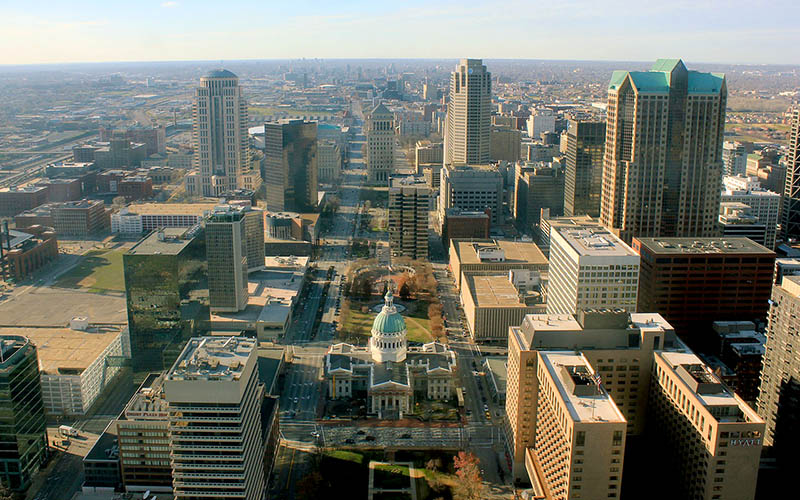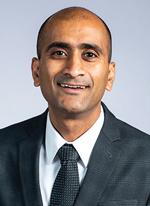August 30, 2022

While minor earthquakes along the New Madrid Fault occur regularly without incident, there’s a small chance another large quake could rattle Missouri and surrounding states. That’s why Mizzou Engineering has teamed up with the Missouri Department of Transportation (MoDOT) to begin to understand how residents in St. Louis could best evacuate the area.
Praveen Edara, professor and chair of civil and environmental engineering, received funding from MoDOT to see how roads, bridges and other infrastructure might be impacted by a major earthquake. The St. Louis region has two seismic zones, including the New Madrid Fault line, which last caused a series of major earthquakes in the early 1800s.

Edara is conducting similar work for an eight-county region near the city of New Madrid in Missouri’s bootheel, mostly comprised of rural communities.
“St. Louis is so large and heavily populated, it brings a different set of problems,” Edara said. “In addition, given that there are a lot of buildings there that are not reinforced and the number of river crossings, the potential for damage is high.”
The project involves several steps over a two-year period. First, Edara’s team will survey residents to see where they would go were they to be displaced by an earthquake and which routes they would plan to take. At the same time, researchers are accounting for incoming traffic that might be bringing first responders and supplies into the area.
“We’re looking at primary routes such as interstates and arterials in the St. Louis region, as well as local roads that connect to those major roadways,” Edara said.
Sarah Orton, associate professor of civil and environmental engineering, will assess bridge structures along those routes using National Bridge Inventory Data and data from the US Geological Survey (USGS).
Edara will then use survey results, Orton’s findings, and USGS Shakecast data to build simulation models to evaluate various road and bridge closing scenarios.
Next year, stakeholders from state and federal emergency management agencies and the St. Louis region are expected to participate in a Tabletop exercise to discuss transportation management strategies.
“The goal is to come up with a communication plan that these stakeholders can use to develop action plans,” Edara said, noting that a final report should be completed by May 2024.
The project is an example of how complex engineering tools and solutions benefit local communities.
“We want to ensure our infrastructure is connected and resilient enough to make sure people can be safely evacuated or shelter in place,” he said. “This planning effort helps save lives of Missourians in the case of a natural disaster.”
Edara and Orton are partnering with researchers from Missouri S&T and Wood on this research project.
Be part of a civil engineering department making a difference in the world. Learn more about civil and environmental engineering at Mizzou!